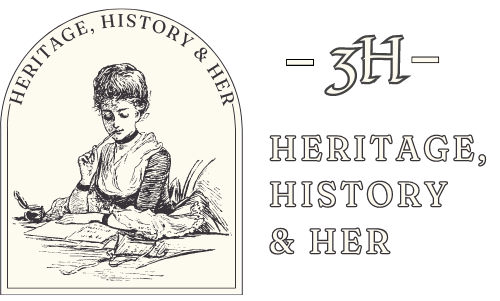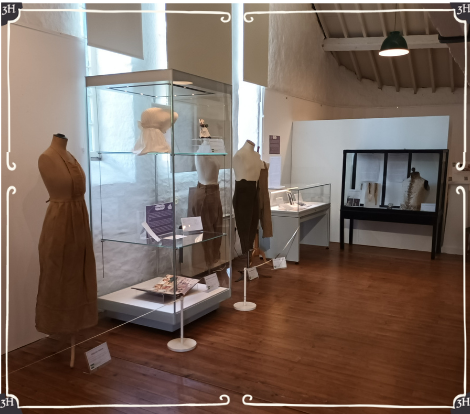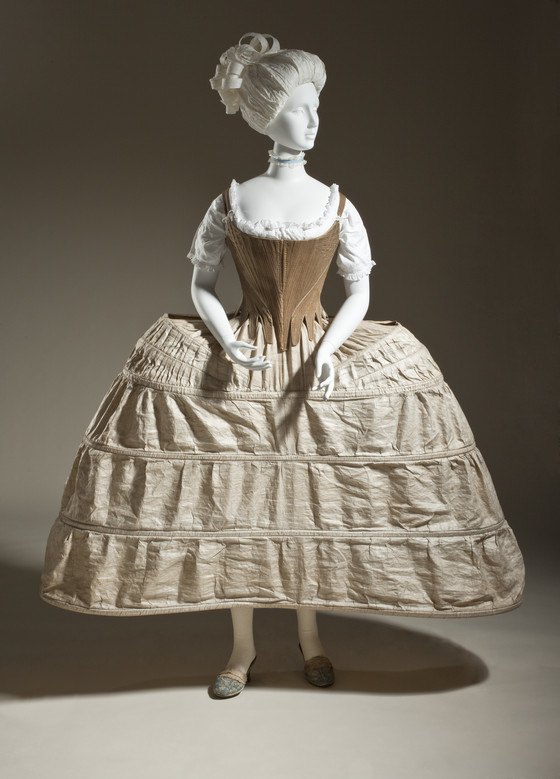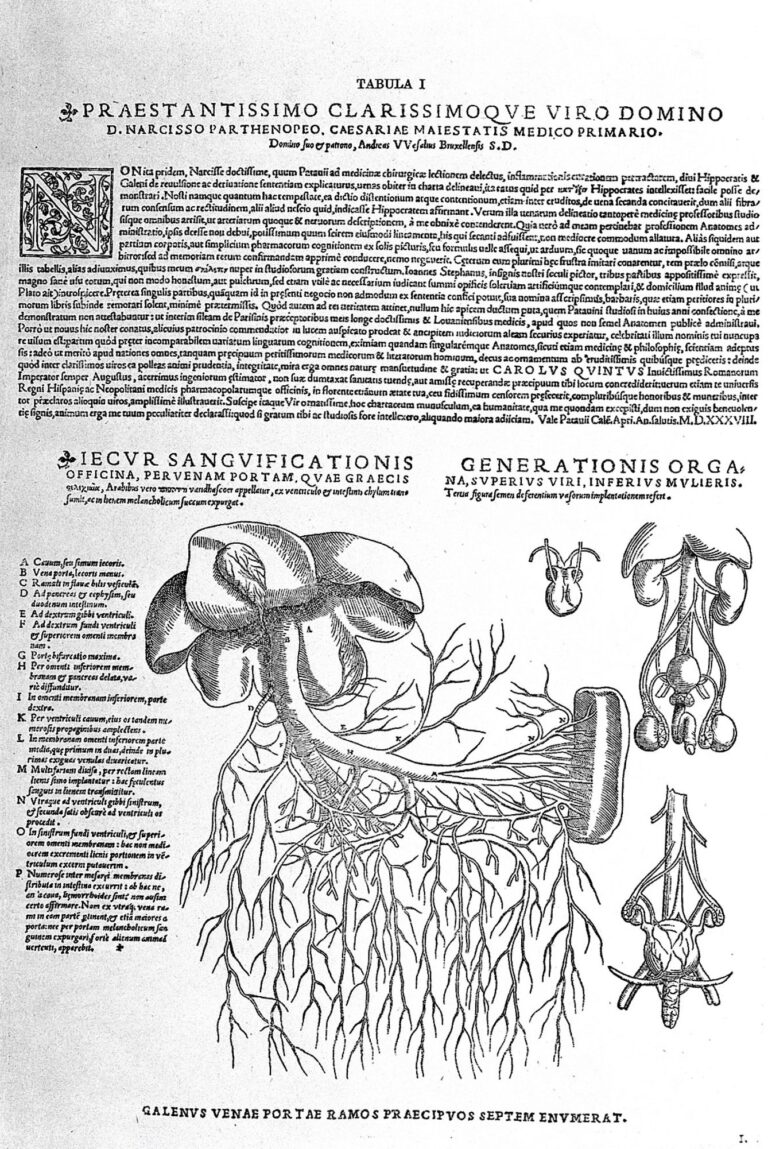One Sex Theory :
Gender has always been a Spectrum
First up, it’s important to know the difference between ‘Sex’ and ‘Gender’. Sex is a scientific term, referring to the bodily anatomy someone is born with – male or female. Birth certificates record sex, gender is not the same thing.
Defining 'Sex' & 'Gender'
Gender is a social category a person identifies with. Just like you may identify as working-class. I believe it is a social construct – a created idea used to shape society. Yet it is seen as fact. There are many genders, so they are now known as existing on a spectrum. Male and Female remain two areas. But a person may identify as a combination, a different third identity, or neither. Another key term is ‘Cis’. This means identifying with the sex assigned at birth, whereas ‘Trans’ means not doing so. This could be the ‘other’ of the two traditional genders, or another such as being nonbinary. Not everyone who fits the last example uses it.
Medical evidence now suggests trans people have brains that are closer to others of their gender, rather than their sex. This suggests this spectrum approach to gender may have scientific backing.
One Sex Theory
Disclaimer:
I am not a doctor, and most of the following theory has been replaced with more recent scientific discoveries, so do not take advice from the article!
In reality, those in the past also viewed gender as a spectrum, just like we are moving back to today. Galenic medicine was named after a physician who shaped medieval and early modern understandings of the body. Using the work of Hippocrates, he developed the four-humour theory. This claimed the body had 4 fluids: Yellow bile (vomit); blood; phlegm (snot, pus, fat); and black bile or melancholia (depression). These were part of a wider system with the four seasons; the four stages of life; the four elements; and even star signs.
Bloodletting is an example of this in action – it removed the excess blood, just like a period did. Similarly, those too ‘cold’ should eat more spices to warm them up.
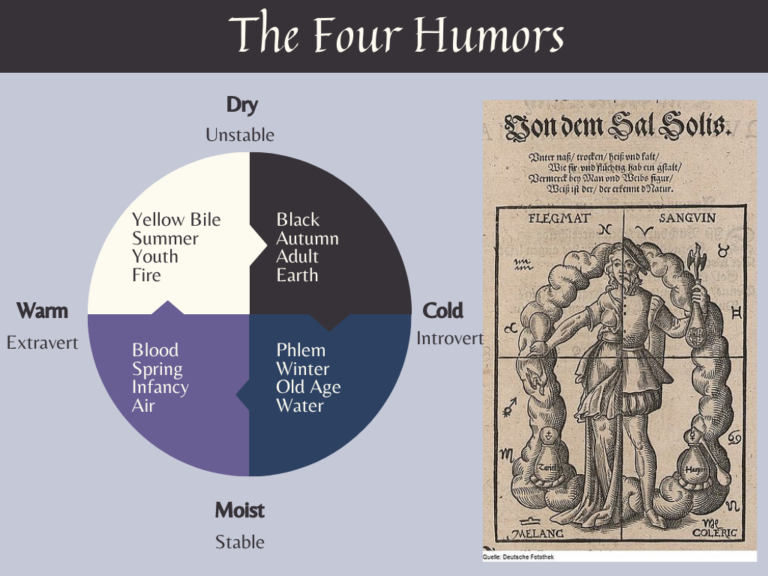
Humours also influenced personality. Blood was created from excess phlegm (as fat). Those who used extra nutrients did not have periods – such as the pregnant, or dancers who burnt it off. Different combinations made a person warm or cold, dry or moist – which formed personality.
The ideal was warm and dry. Women were colder and less powerful than men, but anyone could have any mix, so it was a spectrum. A more emotional and cooperative man would be effeminate (girly), or a headstrong woman would be ‘manly’. This describes the main ‘problem’ with Katherine in Taming of the Shrew, who inspired Kat in 10 Things I Hate About You.
One Sex Theory: Gender as a Spectrum
If male and female anatomy was the same, men not having a uterus meant it must lack a fixed location in women. This is what the term hysteria means – ‘wandering uterus’. This difference, and the lack of explanation for it, was decided as the reason women could appear mad.
So how were the visual differences between the two sexes explained? Only men had the heat to shove their genitalia outside. Scientists believed the vagina (the canal) and ovaries were the same as the penis and testicles – just inverted. They performed the same function of recreation, both needed heat (passion) and to produce bodily fluids (orgasm).
This meant gender was a sliding scale – you could exist at any point. Genitalia inside or outside was the marked point which changed the gender name you had (male versus female) . This meant you were still a woman even if you were quick to fight back and stand your ground – just a more ‘manly’ woman.
How did this Affect women?
This greater freedom of existing on a spectrum gave women greater power to find their own expression of their gender. But this was not available to all women, many had to perform set expectations based on their other characteristics. Yet, this allowed the ideal woman to differ with class and situation. For example, a working-class woman still performed physical labour through the laundry or as a dairy maid.
It is important to acknowledge that expectations and socialisation of gender differ, a stance traditionally known as ‘Black Feminism’. It was a critique of the very white middle-class focus of earlier feminists. Today, the term ‘Intersectional Feminism’ is more commonly used. Similarly, the definition of feminism is to believe in equality for all. It refers not just to gender but also class, race and other inequalities – anyone can be one.
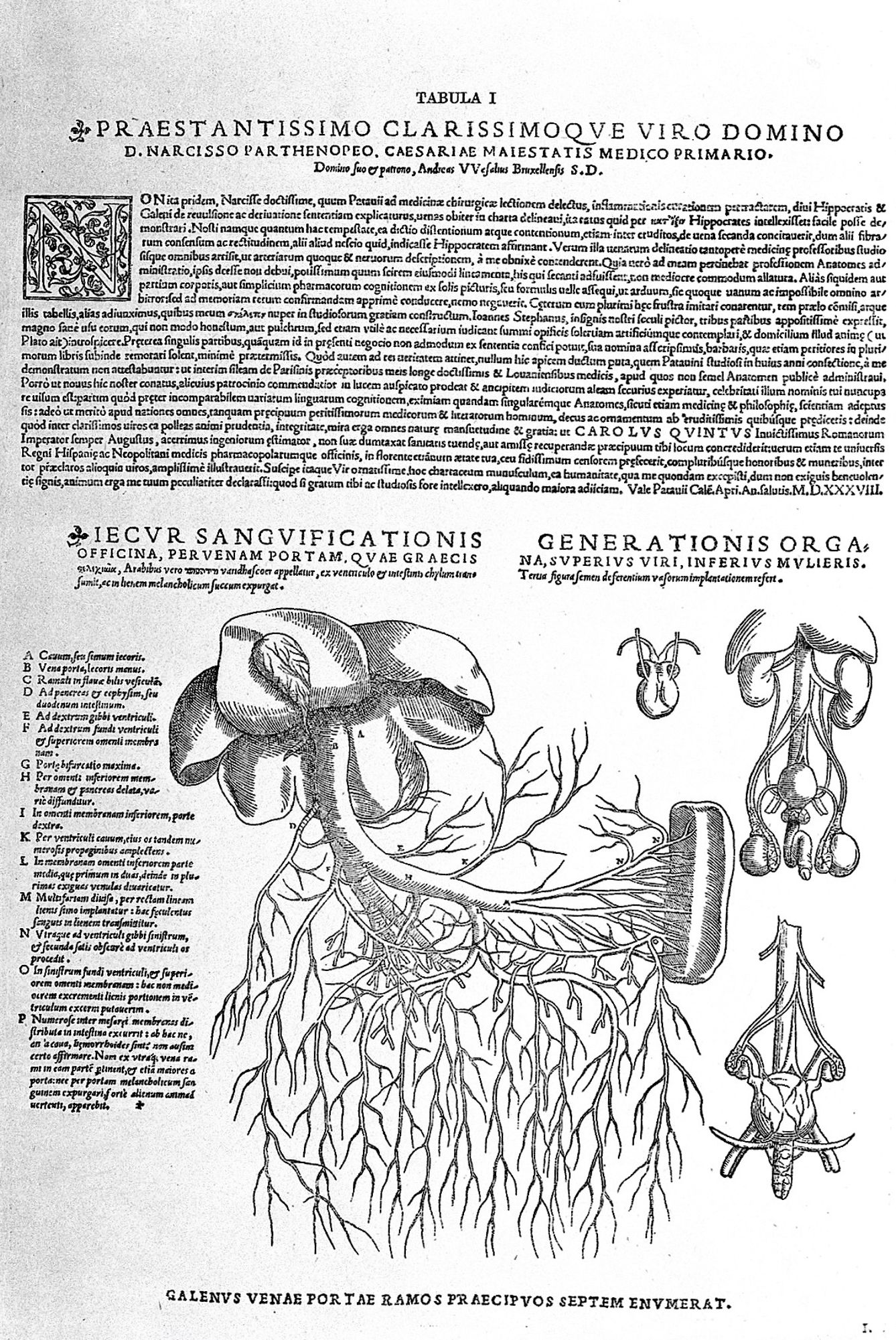


After One Sex Theory
When scientists realised the male and female sexes were fundamentally different, this set women’s sexual rights back. The discovery that female orgasm was not a requirement for pregnancy meant women did not need their needs met. They were ‘passive’. This is why lesbianism was not a threat, unlike gay relationships. Women did not need sexual desire, so why would they have it? Why would lesbians exist?
Final Thoughts
Seeing gender as a spectrum, with certain markers along it, but existing at any point, offers a freedom we lack today. One of the confusions I’ve heard around the idea of being non-binary is that it’s the same thing as ‘Tom Boy’. This is why it is important to also realise the difference between gender stereotypes and gender.
It can be hard to establish what is against the label female, and what is against the expectations of how to behave as female. Research shows that by the time girls reach school, they are already better at group work and presentation skills—not due to any bodily difference but due to praise for this behaviour, encouraging them to practise it more. The same applies to boys practising more physical skills. Therefore, having a girl who prefers and practises more physical outdoor skills is not a rejection of her gender, but of the associated stereotypes and expectations.
How do you view gender? Is it on a sliding scale like they believed before the 1700s? Is it a cloud of different options? Is it impossible to visualise?
